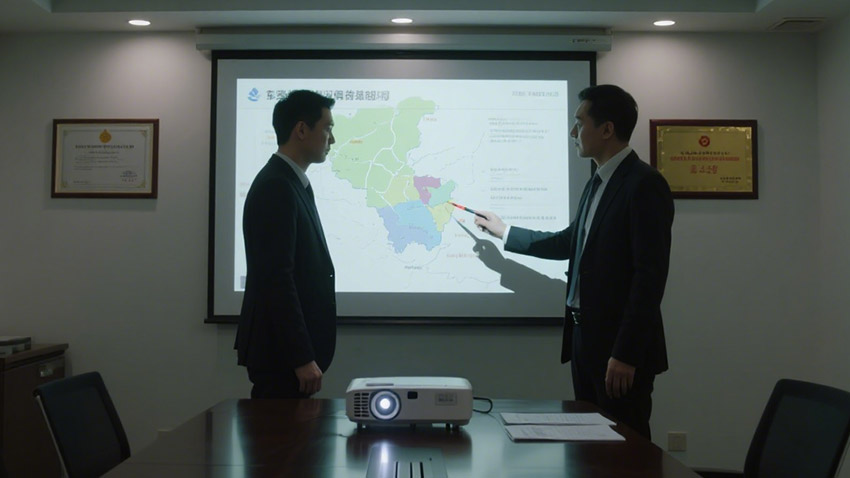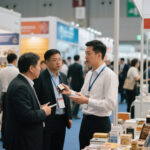In recent years, the global trade landscape has undergone dramatic changes. Geopolitical tensions, rising protectionism, and a flurry of new regional trade agreements are redefining supply chains across the world. For B2B foreign trade companies heavily reliant on China product sourcing, the question is no longer just about price—it’s about risk mitigation and finding certainty amid volatility.
Amid this backdrop, Southeast Asia is quickly emerging as a strategic hotbed for B2B enterprises looking to diversify, adapt, and expand. In this blog, we’ll explore how businesses can navigate evolving international trade policies, mitigate operational risks, and strategically position themselves to capitalize on the growing opportunities in Southeast Asia.
1. Global Trade Policy Shifts: Uncertainty Is the New Normal
1.1 Rising Trade Frictions and Cost Pressures
From the ongoing U.S.–China trade tensions to new tariffs and trade restrictions, many B2B companies have seen sourcing costs rise and supply chains disrupted. Stricter regulations in Western countries regarding environmental compliance, origin tracing, and IP protection have further complicated import operations.
1.2 Regional Trade Agreements Are Reshaping Global Commerce
Agreements like RCEP (Regional Comprehensive Economic Partnership) and CPTPP are redrawing the map of global trade. To stay competitive, B2B companies must keep pace with new trade rules, origin requirements, and tariff structures to maintain cost-effective operations.
1.3 Geopolitical Risks Disrupt Logistics and Stability
Geopolitical flashpoints such as the Russia-Ukraine conflict and instability in the Middle East have pushed shipping costs up and disrupted logistics. Companies reliant on a single-source supply chain are increasingly vulnerable to these disruptions.
2. How B2B Companies Can Mitigate Global Trade Risks
Given these challenges, B2B enterprises must rethink their sourcing and operational strategies. Here are three core approaches to minimize risk:
2.1 Diversify Your Supply Chain with a “China + Southeast Asia” Strategy
While China remains a cost-efficient manufacturing hub, overdependence invites risk. A smart strategy is to diversify by combining sourcing from China and Southeast Asia:
- Retain China for high-efficiency and high-quality manufacturing;
- Source supplementary products from Vietnam, Thailand, Indonesia, and Malaysia;
- Switch sourcing routes flexibly based on compliance and cost considerations.
2.2 Partner with a Professional China Sourcing Agent
Working with an experienced China procurement agent can greatly reduce sourcing risks related to compliance, negotiation, and supplier reliability. These agents also help businesses navigate customs regulations and policy shifts with local expertise.
2.3 Adopt a Digitized Procurement Management System
Traditional email-based, Excel-driven sourcing processes are slow and error-prone. B2B enterprises should leverage digital platforms like GlobalInkt.com to achieve:
- Real-time order tracking and supplier communication;
- Automated quoting and supplier evaluation;
- Online factory audits and integrated quality control.
This empowers businesses to quickly adapt to regulatory changes and minimize procurement delays.
3. Why Southeast Asia Is the Next Strategic Market
3.1 RCEP Benefits: Use Rules of Origin to Reduce Tariffs
The implementation of RCEP lowers tariffs between China and ASEAN countries. Smart B2B companies can take advantage of cumulative rules of origin, using Southeast Asian transit hubs to optimize logistics and reduce tariff costs.
3.2 A High-Growth Market with Rising B2B Demand
- Over 600 million consumers;
- Rapid mobile internet adoption and booming e-commerce;
- Many local industries lack manufacturing capabilities, creating strong demand for China product sourcing across categories such as tools, electronics, consumer goods, and building materials.
3.3 Vietnam & Indonesia: Manufacturing Hubs and Sourcing Alternatives
Vietnam and Indonesia are emerging as “second factories” for many global brands. Their improving infrastructure and pro-trade policies make them attractive not just as markets, but also as complementary sourcing bases.
4. Action Plan: How to Win in Southeast Asia
4.1 Customize Your China Product Sourcing for Southeast Asia
Align product design, packaging, and compliance with Southeast Asian market preferences:
- Tropical climate? Focus on heat-resistant materials;
- Muslim-majority countries like Indonesia and Malaysia? Adapt culturally appropriate designs and avoid restricted imagery;
- Environmental concerns? Ensure certifications and energy-efficiency for electronics.
4.2 Build Local Networks: Warehousing + Logistics + Distribution
Success in Southeast Asia hinges on localization. Form strategic partnerships with local wholesalers and distributors, and consider:
- Signing local distribution agreements;
- Setting up transit warehouses in key hubs (e.g., Ho Chi Minh City, Bangkok);
- Using GlobalInkt.com’s sourcing network to bridge China and Southeast Asia seamlessly.
4.3 Leverage Digital B2B Platforms for Fast Market Entry
For SMEs, going digital is the fastest and lowest-risk way to test new markets. Platforms like GlobalInkt.com offer:
- Online sourcing and supplier matching;
- Sample ordering and product inspection;
- Full transaction and communication workflows online.
5. Conclusion: In a Volatile World, Strategy Is Your Anchor
The evolving international trade policy landscape is not a temporary disruption—it’s the new reality. For B2B companies, the key is resilience: diversify sourcing, strengthen partnerships, and stay ahead with digital tools.
At GlobalInkt.com, we specialize in helping global clients build safe, flexible, and cost-efficient supply chains through trusted China product sourcing. We also support expansion into Southeast Asian markets with end-to-end sourcing, logistics, and market integration services.
Need help building a China + Southeast Asia sourcing strategy?
Contact our team at GlobalInkt.com to explore tailored solutions and one-stop sourcing support.










Leave a Reply